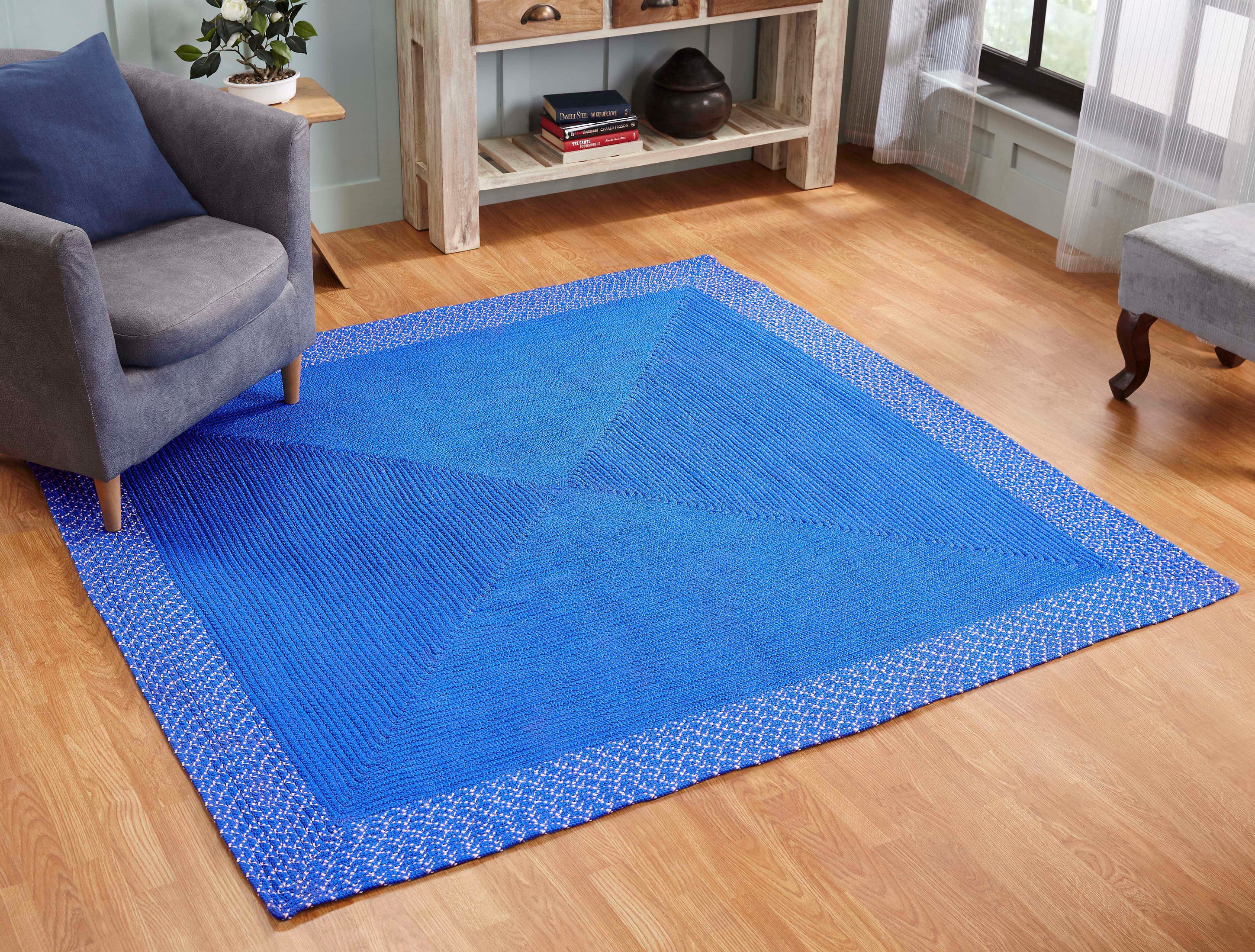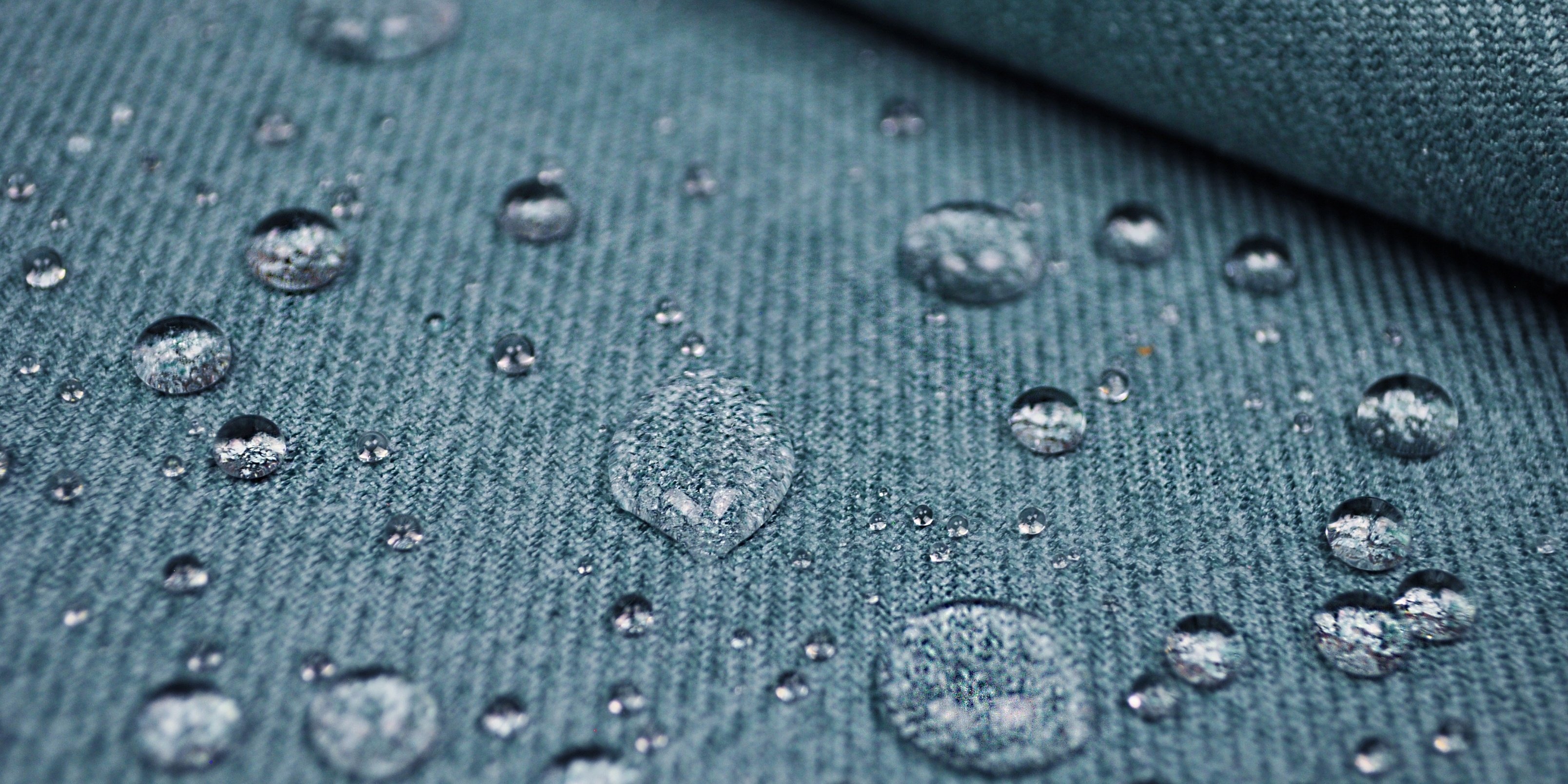Durability and Weather Resistance of Fabrics

Choosing the right fabric for your rocking chair cushions is crucial for their longevity and enjoyment. The fabric’s ability to withstand the elements directly impacts how long your cushions will look great and provide comfortable seating. Let’s delve into the specifics of durability and weather resistance in different fabrics.
Sunbrella vs. Cotton Canvas: A Lifespan Comparison
Sunbrella, a popular choice for outdoor furniture, boasts exceptional durability and weather resistance compared to cotton canvas. In the harsh realities of sun, rain, and snow, Sunbrella’s acrylic fibers maintain their color and strength far longer. Expect a Sunbrella cushion to endure years of exposure with minimal fading or deterioration. Cotton canvas, while initially softer, is significantly more susceptible to fading, mildew, and rot from prolonged moisture exposure. Rain will saturate cotton canvas, potentially leading to mold and structural weakening. Snow, while less damaging than constant rain, can still contribute to the deterioration of the fabric over time, particularly if it melts and refreezes repeatedly. A cotton canvas cushion will likely require replacement within a few years of outdoor use, whereas a Sunbrella cushion could last a decade or more under similar conditions.
The Influence of Fabric Weaves on Durability
The weave of a fabric directly impacts its strength and resistance to wear and tear. A plain weave, characterized by a simple over-under pattern of warp and weft threads, offers a relatively smooth surface but can be less durable than other weaves. It’s prone to snagging and tearing, especially under stress. Imagine a simple checkerboard pattern; that’s essentially a plain weave. In contrast, a twill weave, creating a diagonal pattern, interlocks the threads more tightly. This results in a stronger, more abrasion-resistant fabric. Think of denim; its characteristic diagonal lines are a result of the twill weave, making it highly durable and resistant to tearing. The tighter interlacing of the twill weave makes it a superior choice for rocking chair cushions that experience frequent friction and movement.
Fabric Comparison Table
The following table compares four common fabrics for outdoor cushions, rating their water resistance, UV resistance, and overall durability on a scale of 1 to 5 (5 being the highest).
| Fabric | Water Resistance | UV Resistance | Overall Durability |
|---|---|---|---|
| Sunbrella Acrylic | 5 | 5 | 5 |
| Outdoor Canvas (Polyester Blend) | 4 | 3 | 3 |
| Cotton Canvas | 1 | 1 | 2 |
| Olefin | 4 | 4 | 4 |
Maintenance and Cleaning of Cushion Fabrics: Best Fabric For Rocking Chair Cushions

Keeping your rocking chair cushions looking their best involves understanding the specific needs of the fabric used. Regular cleaning and appropriate stain treatment are crucial for extending the life and beauty of your cushions. Different fabrics require different care, so knowing your fabric type is the first step to successful maintenance.
Cleaning Methods for Various Fabrics
Polyester, olefin, and cotton are popular choices for outdoor cushions, each with its own cleaning requirements. Polyester, a durable synthetic fiber, is generally easy to clean. Spot cleaning with mild soap and water is often sufficient for minor spills. For more thorough cleaning, machine washing on a gentle cycle with cold water is usually acceptable, though always check the manufacturer’s care instructions first. Olefin, another synthetic fiber known for its excellent stain resistance and durability, can also be spot cleaned or machine washed, often tolerating more aggressive cleaning methods than polyester. Cotton, a natural fiber, is softer but less resistant to stains and fading. Gentle hand washing with cool water and a mild detergent is recommended for cotton cushions to prevent shrinkage and damage. Always air dry cotton cushions to avoid shrinking or damage from heat. For stubborn stains on any fabric, a solution of mild detergent and water, followed by rinsing and thorough drying, is a good starting point. For tougher stains, consider a specialized fabric cleaner appropriate for the fabric type.
Fabrics Resistant to Spills and Stains, Best fabric for rocking chair cushions
Several fabrics excel at resisting spills and stains, making them ideal for high-traffic areas like rocking chair cushions. Olefin, as mentioned earlier, is a prime example. Its tightly woven structure and inherent water-repellent properties prevent liquids from penetrating easily. Solution-dyed acrylics also offer exceptional stain resistance. The color is incorporated into the fiber itself, making it less likely to fade or bleed when exposed to sunlight or cleaning agents. Many fabrics now include stain-resistant treatments, often involving a fluorocarbon or silicone-based coating that repels liquids and prevents staining. These treatments can significantly improve the ease of cleaning and extend the lifespan of your cushions. The effectiveness of these treatments varies depending on the specific product and the intensity of the stain. However, even with these treatments, prompt cleaning is still recommended to prevent stains from setting.
Comparison of Maintenance Ease for Three Fabrics
The following table compares the ease of maintenance for polyester, olefin, and cotton fabrics commonly used in rocking chair cushions.
| Fabric | Washing Frequency | Drying Method | Overall Effort |
|---|---|---|---|
| Polyester | As needed, generally every few months | Machine dry on low or air dry | Moderate; easy to clean but may require occasional spot cleaning |
| Olefin | Infrequent; spot cleaning often suffices | Machine dry or air dry | Low; very resistant to stains and easy to clean |
| Cotton | Infrequent, but requires more careful cleaning | Air dry only | High; more prone to staining and requires gentle hand washing |
